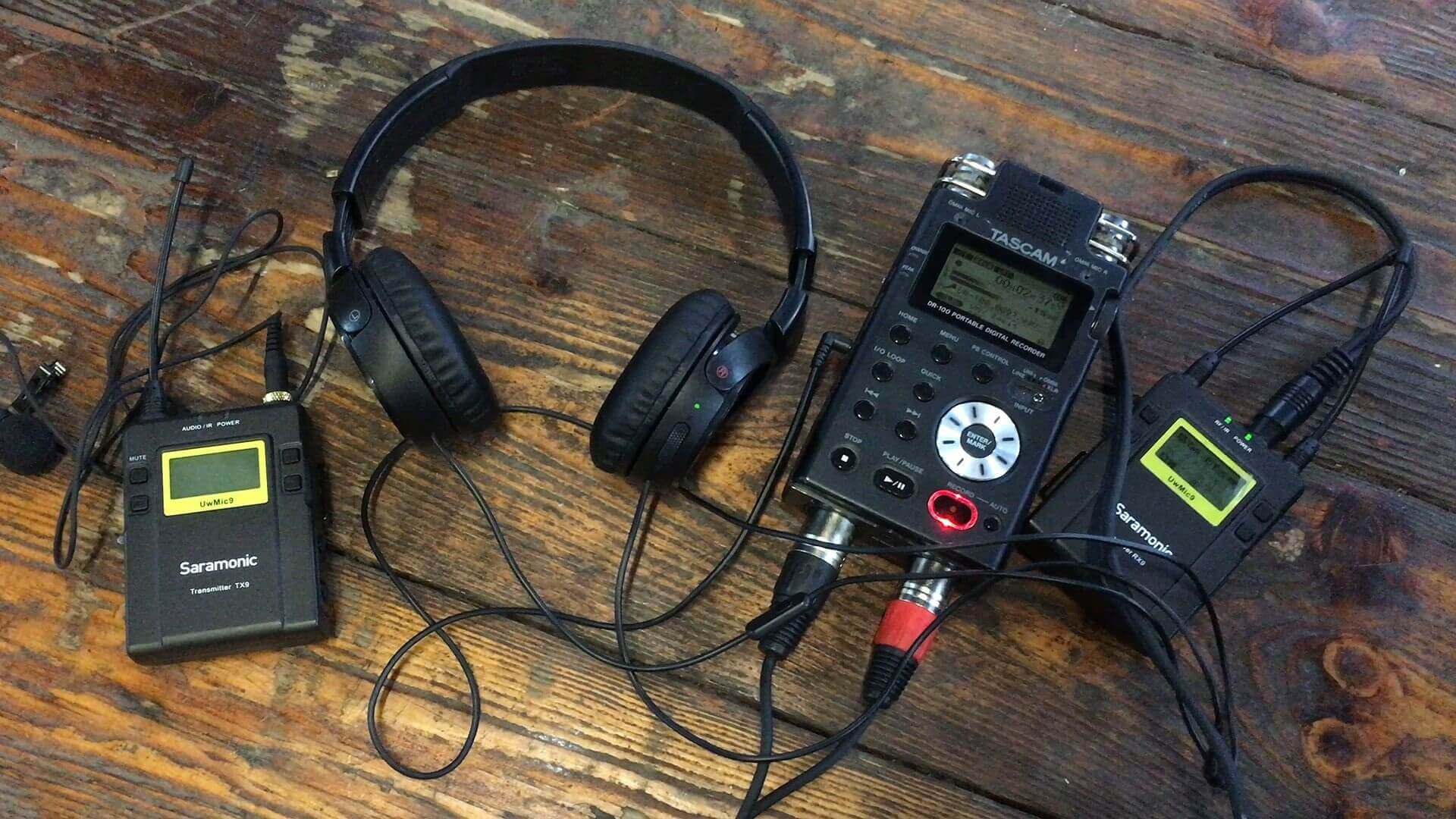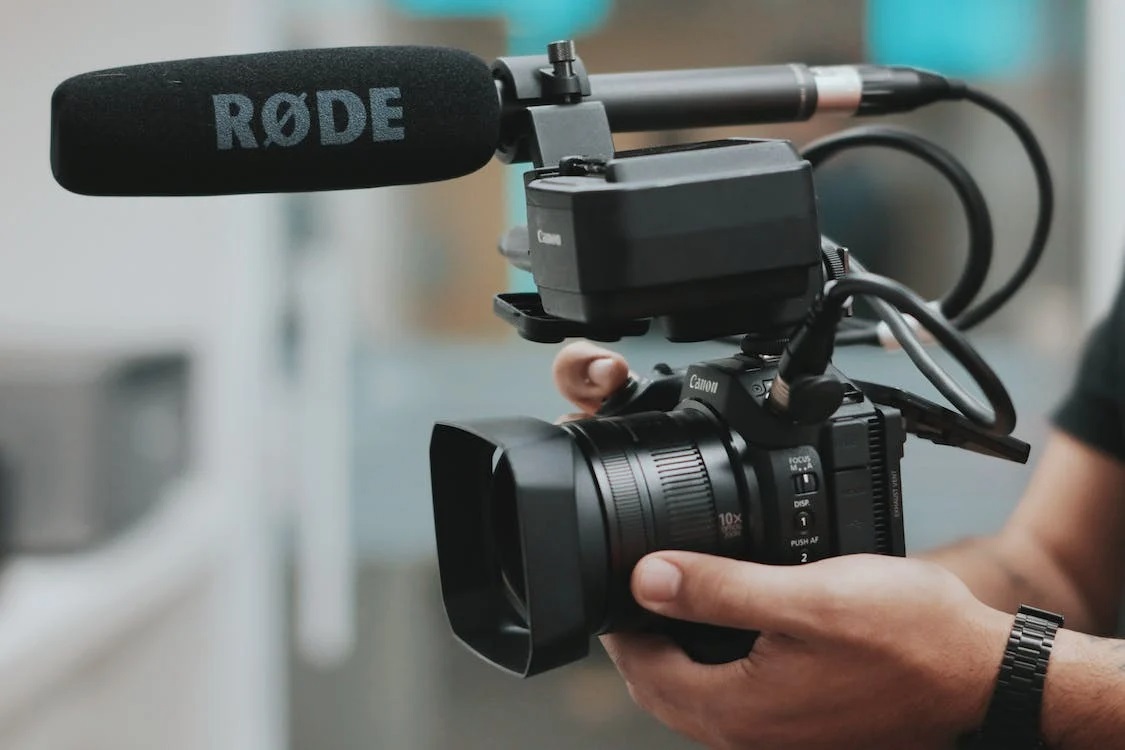In the field of audio and video production, lavalier microphones, often referred to as lav mics or lapel mics, are fundamental tools for capturing crystal-clear audio. Small, discreet, and designed to clip onto clothing, these mics are ideal for interviews, presentations, and theatrical performances. Identifying the right lavalier mic for your needs ensures your audio is as polished as your visual content. Let’s explore the key factors in selecting a lav mic that will meet the demands of your projects.
Wired vs. Wireless Systems
The Reliability of Wired Lavalier Mics
Wired lavalier microphones offer simplicity and reliability, with no concerns over signal interference or battery life – making them excellent for recordings where the subject remains relatively stationary. Their plug-and-play nature means that they can connect directly to your recording device without the setup complications that wireless systems might bring. However, the range of movement will be limited by the length of the cable, which is why they are more suitable for static, sit-down interviews or podium speeches.
The Flexibility of Wireless Lavalier Mics
Wireless lav mics excel in scenarios that require mobility, such as reality TV production or stage performances. Free from physical cables, they offer your subjects the liberty to move naturally. When choosing a wireless lavalier mic, consider the range of the transmitter, the battery life, and the robustness of the signal in different environments. Keep in mind that wireless systems can be prone to interference from other radio frequencies and will generally cost more than their wired counterparts.
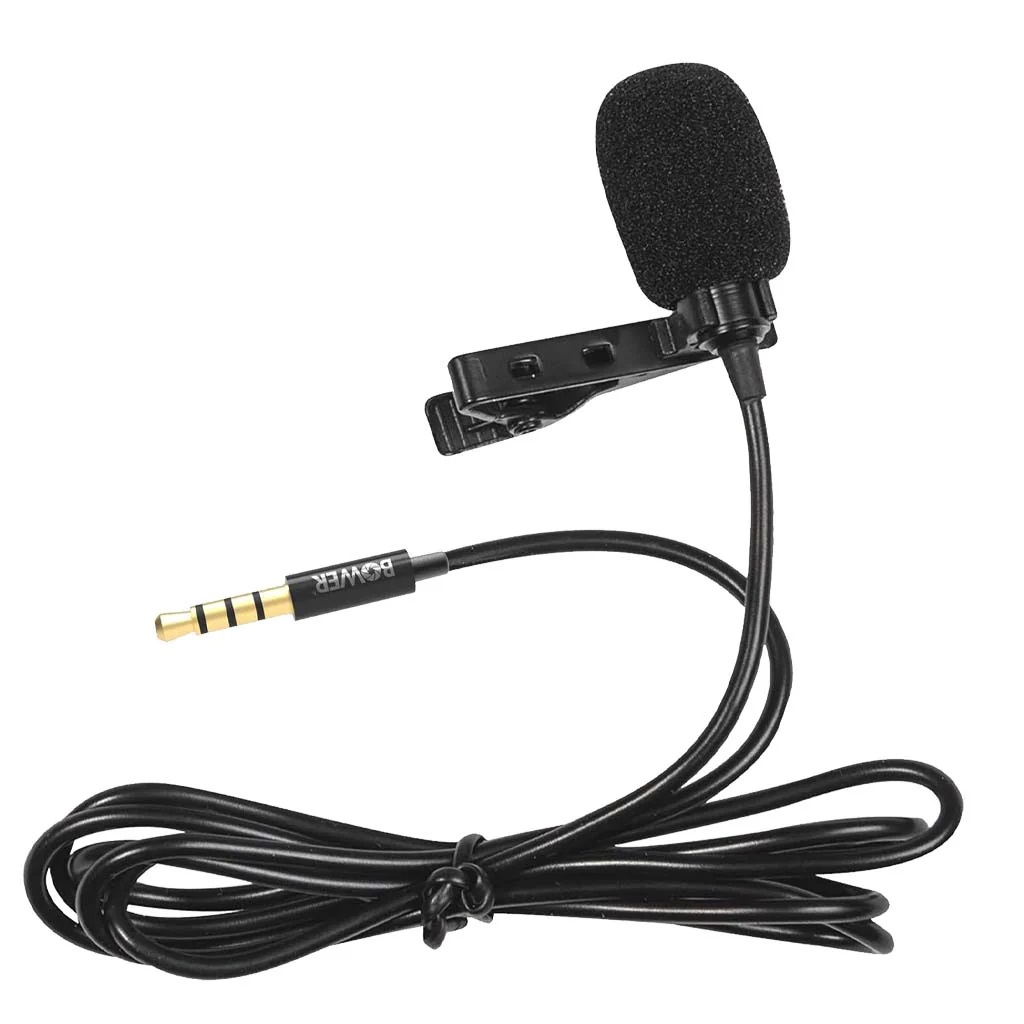
Assessing Sound Quality
Sensitivity and Noise Rejection
The sensitivity of a lavalier microphone indicates how well it can pick up quiet sounds. Higher sensitivity is not always better, as it may lead to picking up unwanted background noise. Look for a lav mic with a good signal-to-noise ratio, which ensures that the subject’s voice is captured clearly without amplifying background noise. Additionally, choose mics with built-in noise rejection features like omnidirectional or cardioid pickup patterns, depending on the need to isolate the speaker from ambient sound.
Frequency Response for Natural Sound
Frequency response refers to the range of sounds the microphone can pick up. A flat frequency response means the microphone captures audio equally across all frequencies, leading to a more natural sound. For voice recording, a microphone with a boosted mid-range can enhance speech clarity. Always consult the frequency response chart, if available, to see if the mic’s profile fits your specific requirements.
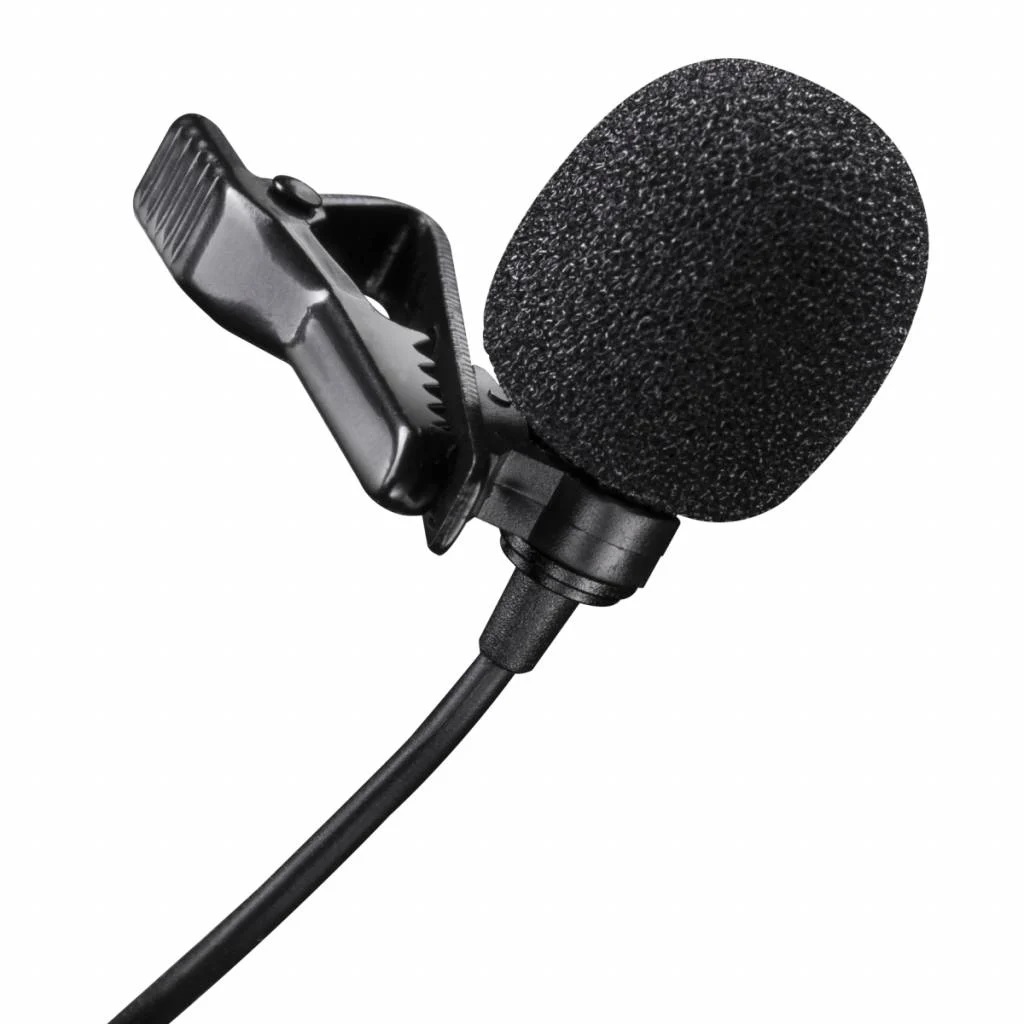
Durability and Comfort
Constructed to Last
Lavalier microphones are often subject to rigorous use, especially in outdoor shoots or fast-paced environments. Seek out mics built with sturdy materials capable of withstanding wear and tear. Evaluate the build quality, including the tangle-resistance of the cable and the strength of the clip. Investing in a durable microphone means fewer replacements and better performance under demanding conditions.
Ensuring Subject Comfort
Subject comfort is a crucial aspect that is sometimes overlooked. Remember, a person might need to wear the microphone for extended periods. A good lav mic should be lightweight and non-intrusive. When testing microphones, consider the ease with which they can be attached and removed from various clothing materials without causing discomfort or damage to the fabric.
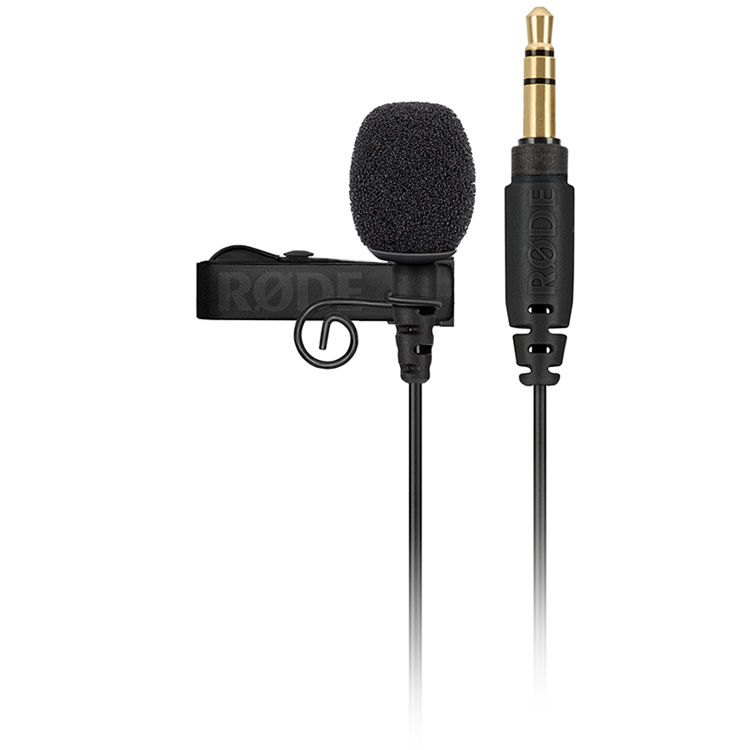
Budget Considerations
Price vs. Performance
Budget is a deciding factor for many when choosing a lavalier microphone. It’s essential to find a balance between cost and performance. While high-end lav mics can offer exceptional audio quality and features, there are also plenty of affordable options that provide satisfactory performance for most standard applications. Determine the price bracket that you are comfortable with but don’t compromise too much on audio quality – after all, it is the essence of why you are investing in a microphone.
Looking at the Long-Term Value
Consider not only the initial cost of the microphone but also the value it provides over time. It may be worth paying a bit more upfront for a microphone that delivers consistently high-quality audio and is less likely to need repairs or replacements. On the other hand, for short-term projects or those with less critical audio requirements, a more budget-friendly option may suffice. Always analyze the cost in relation to your specific needs and the potential return on investment.
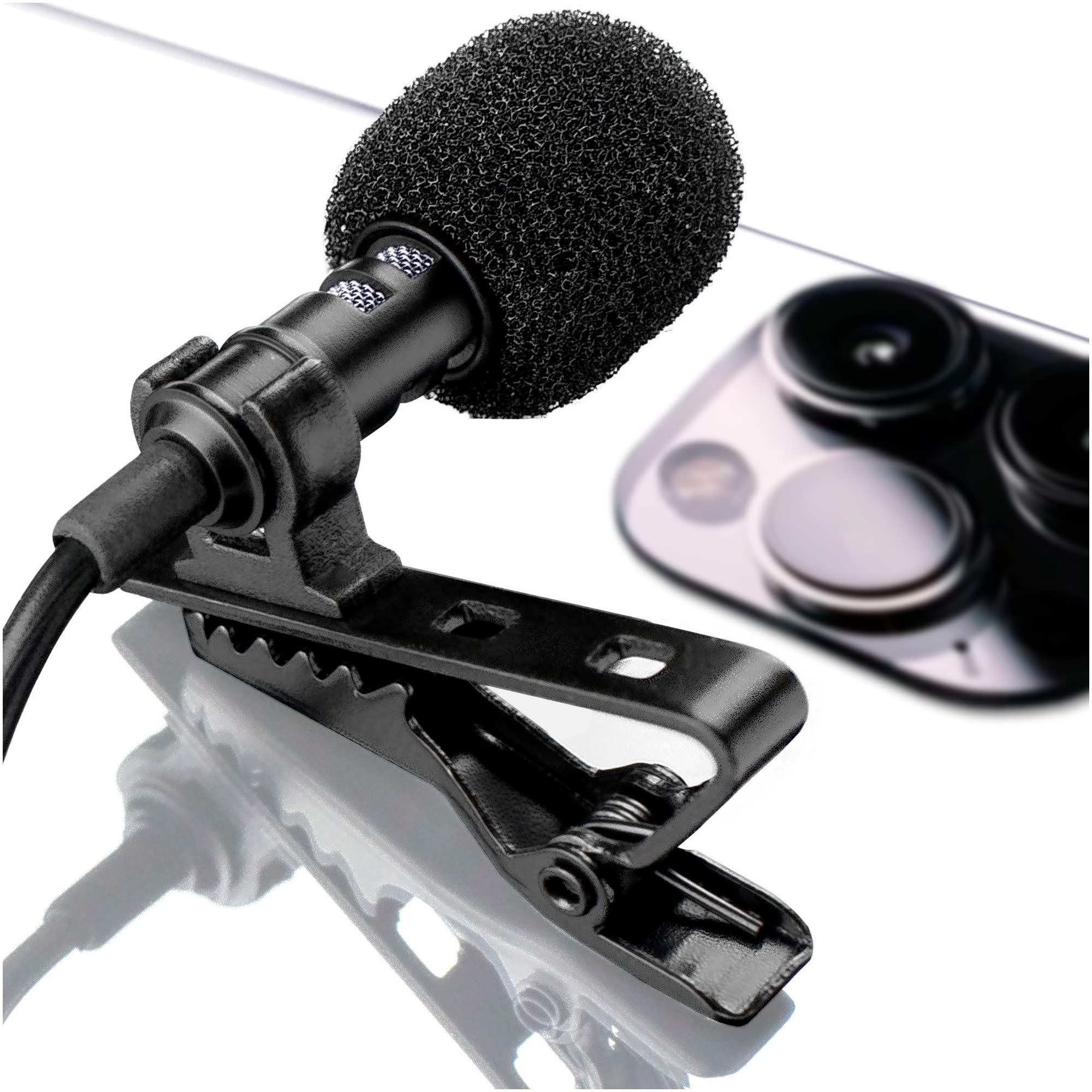
Advanced Features and Extras
Specialized Lavalier Microphone Options
Beyond the fundamental aspects of sound quality and design, some lavalier microphones offer specialized features that cater to niche requirements. For example, waterproof lavalier microphones are perfect for sports or outdoor activities where moisture is a factor. Some models come with interchangeable capsules that allow you to switch pickup patterns based on the environment you’re recording in. Exploring these advanced features can give you more flexibility and control over your audio recordings.
Accessory Packages and Expandability
When you’re purchasing a lavalier mic, also consider the accessory package that comes with it. Quality windscreens, robust carrying cases, and additional clips can add significant value. If you’re investing in a wireless system, check if it has the option of connecting with multiple transmitters or if it offers features like mute functionality and easy sync options. These extras can enhance your recording experience and prove valuable in various recording scenarios.
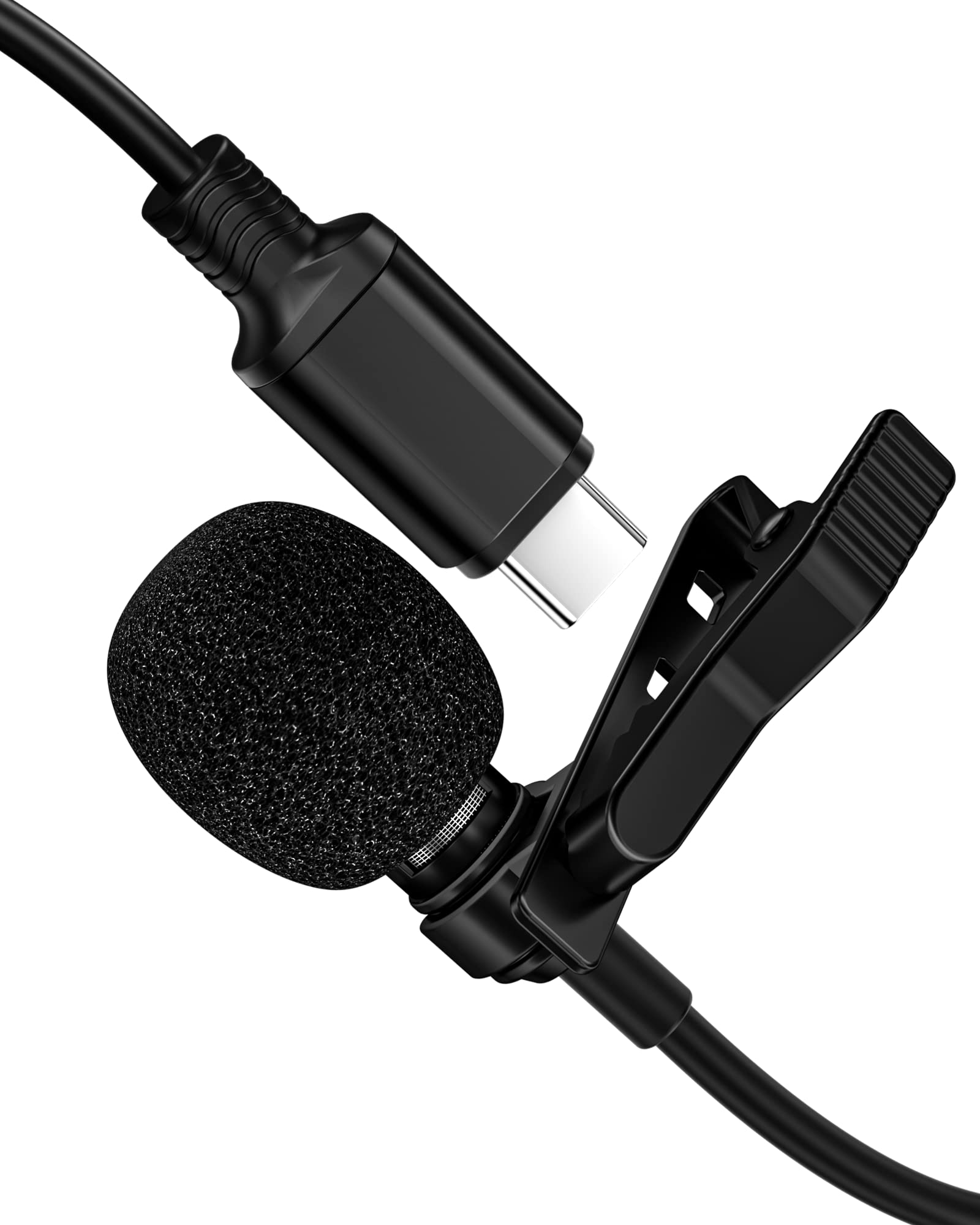
Matching the Mic to the Environment
Indoor vs. Outdoor Considerations
The environment in which you plan to use your lavalier microphone greatly influences the type you should choose. If you frequently record indoors, such as in a studio setting, look for mics with features that reduce the influence of echo and reverberation. In contrast, for outdoor use, prioritize mics with strong wind protection and those built to handle variable weather conditions. Assessing the surroundings where you’ll be recording most often will help guide you towards a lavalier microphone that consistently delivers clear sound.
Selecting the right lavalier microphone requires research and an understanding of the various features and conditions that will affect the recording quality. Balance the benefits of wired versus wireless systems, assess sound quality, ensure the durability and comfort of the microphone, and weigh these features against your budget. With the right lavalier mic, you will capture pristine audio that elevates the professionalism of your content, engages your audience, and perfectly complements your visual storytelling.
